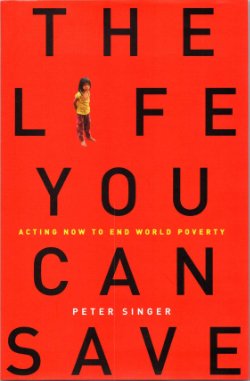By Lucien X. Lombardo
From the Preface: This Second Edition of Guards Imprisoned updates the original study by following the careers and impressions of the officers whose experiences and insights in 1976 provided the raw material for the First Edition. Interviewing the same ofticers again after ten years provided an opportunity to assess patterns of change and stability in the attitudes and behaviors of these men. It allowed t h e m to describe what changes in their working environment they believe have had an impact on what they do and the ways they do it. It also provided an opportunity to learn how they have responded to changes in the Department of Corrections and at Auburn Correctional Facility. In the original interviews ti was apparent that the "past was better" for many officers, but one did not have any way of knowing about that past. In studying the 1986 interviews, the 1976 material in the first edition provides a clear baseline for understanding their views of their present situation and change, for now we know what the past was like.”
Cincinnati, OH.Anderson Publishing Co., 1989. 246p. CONTAINS MARK-UP





















